- No products in the cart.
A optician Rompharm drops Ch. 0.5% 5ml vial-cap. 1 PC
$4.63
A optician Rompharm drops Ch. 0.5% 5ml vial-cap. 1 PC
Description
Composition
Active substance:
1 ml contains: Levofloxacin hemihydrate based on 5.0 mg levofloksatsin- ;.
Excipients:
Sodium chloride – 8.75 mg Benzalkonium chloride – 0.05 mg, 10% hydrochloric acid solution or 1 M sodium hydroxide solution – to pH 6.50 ± 0.05, purified water – up to 1.0 ml.
Description:
From pale yellow to light yellow with a greenish tint a clear solution.
Product form:
0.5% eye drops. 5 ml of solution in white polymer-dropper bottle closed with a polymeric cap with a safety ring. In one dropper bottle together with instructions for use in a cardboard package.
Contraindications
Hypersensitivity to levofloxacin or other auxiliary substances, as well as to other quinolones; Children under 1 year.
Carefully
Children up to age 18 years.
Dosage
5 mg / ml
Indications
Treatment of anterior eye infections caused by susceptible microorganisms to levofloxacin.
Interaction with other drugs
Since the maximum levofloxacin concentration in plasma after topical application in 1000 times less than when given orally, the effects of interactions with other drugs are unlikely.
Overdose
Total levofloxacin contained in one bottle of eye drops (25 mg) was too low to cause toxic reactions even after accidental ingestion. After topical application of excessive doses of L-OPTIC Rompharm eye drops, eye should be rinsed with clean (tap) water at room temperature.
Symptoms: the deliberate or accidental ingestion may be nausea, erosive destruction of the mucous membranes of the gastrointestinal tract (GIT), lengthening the interval Q-T, confusion, dizziness, convulsions.
Treatment: symptomatic, dialysis is ineffective.
pharmachologic effect
Pharmacological group:
The antimicrobial agent – fluoroquinolone.
Pharmacological properties:
Levofloxacin – fluoroquinolone antimicrobial is a broad spectrum bactericidal action. Blocks of DNA gyrase (topoisomerase II) and topoisomerase IV, and crosslinking gives supercoiling of DNA breaks, inhibits DNA synthesis, causes profound morphological change in the cytoplasm, the cell wall and membranes of the bacterial cells. Effective against Acinetobacter anitratus, Acinetobacter baumannii, Acinetobacter calcoaceticus, Bordetella pertussis, Citrobacter diversus, Citrobacter freundii, Clostridium perfringens, Chlamydia pneumonia, Enterococcus faecalis, Enterobacter cloacae, Enterobacter aerogenes, Enterobacter agglomerans, Enterobacter sakazakii, Escherichia coli, Haemophilus influenzae, Haemophilus parainfluenzae , Klebsiella pneumoniae, Klebsiella oxytoca, Legionella pneumophila, Moraxella catarrhalis, Mycoplasma pneumoniae, Morganella morganii, Proteus mirabilis, Pseudomonas aeruginosa, Pseudomonas fluorescens, Proteus vulgaris, Providencia rettgeri, Providencia stuartii, Serratia marcescens, Staphylococcus aureus, Staphylococcus epidermidis, Streptococcus pneumoniae, Streptococcus pyogenes and Streptococcus agalactiae, Streptococcus spp. viridians group.
Pharmacokinetics:
After instillation into the eye levofloxacin is well maintained in the tear film. In studies in healthy volunteers have shown that the mean levofloxacin concentration in the tear film, as measured at 4 and 6 hours after topical application amounted to 17.0 .mu.g / ml and 6.6 ug / ml, respectively. Five of the six volunteers levofloxacin concentrations were 2 mg / ml or higher after 4 hours after instillation. Four of the six volunteers, this concentration has remained at 6 hours after instillation. Average concentrations of levofloxacin in applying eye drops in aqueous humor was significantly higher than the average concentration of ofloxacin (p = 0,0008). In fact, it is approximately twice as high as the average concentration of ofloxacin (1139,9 ± 717,1 ng / mL and 621.7 ± 368.7 ng / mL, respectively). Average concentrations of levofloxacin in plasma 1 hour after the application – from 0.86 ng / ml in 1-th day to 2.05 ng / ml. Maximum concentration in plasma levofloxacin, equal to 2.25 ng / ml detected on day 4 after two days of the drug every 8 hours prior to 2 times per day. The maximum concentrations of levofloxacin, achieved on the 15 th day, more than 1000 times lower than the concentrations that have been observed after oral administration of standard doses of levofloxacin.
Pregnancy and breast-feeding
Pregnancy
Animal studies have not shown any specific risks. But due to lack of clinical trial data and due to the risk of exposure to fluoroquinolones on the formation of cartilage use of the drug is possible only if the benefit to the mother outweighs the potential risk to the fetus.
lactation
If necessary, the appointment during lactation, breast-feeding should be discontinued.
Conditions of supply of pharmacies
By prescription.
side effects
Often (1-10%): transient burning sensation in the eye, redness of the eye, reduced visual acuity. Infrequently (0.1-1%) in the form of appearance of mucus strands in the tear film. Rarely (0.1-0.01%): blepharitis, chemosis, papillary proliferation and the appearance of follicles on the conjunctiva, the syndrome of “dry eye,” age erythema, itching and pain in the eye, photophobia, allergic reactions, headache, rhinitis. Since the preparation contains benzalkonium chloride, may develop contact dermatitis and eye irritation.
special instructions
To avoid contamination of the solution, the tip of the dropper should not touch the eyelids and tissues around the eyes. L-OPTIC Rompharm, eye drops 5.0% should not be administered subkonyunktivalno, direct instillation should be avoided in the front chamber of the eye! Systemic fluoroquinolones have been associated with hypersensitivity reactions, even following a single dose. If allergic reactions occur during treatment with levofloxacin, it is necessary to stop the use immediately. As with treatment with other antibiotics, prolonged use of Levofloxacin may cause excessive growth of resistant microorganisms to its action, and including fungi. During treatment, if the deterioration or if there is no improvement in 3-5 days, treatment should be discontinued and alternative therapy is appointed.
Drops should not be used while wearing soft contact lenses, due to the presence of drops of the preservative benzalkonium chloride, which may be absorbed by contact lenses and have an adverse effect on the eye tissue and cause discoloration of contact lenses. You should not wear contact lenses of any type in the presence of symptoms of bacterial conjunctivitis. With the simultaneous use of several drugs for ophthalmic topical use, observe a 15-minute interval between instillation.
Effects on ability to drive and manage potentially dangerous machinery
In the case of a transient decrease in visual acuity after instillation of the drops A-OPTIC Rompharm advised not to drive a car or operate potentially dangerous machinery until it is restored.
Storage conditions
At a temperature of not higher than 25 C.
In the reach of children !.
Dosing and Administration
Locally, in the affected eye. Adults and children older than 1 year. 1-2 drops in the affected eye (s) every two hours up to 8 times per day during wakefulness during the first 2 days, then 4 times a day from the 3rd to 7th day. The duration of the drug is 5 – 7 days.
Information
Appearance may differ from that depicted in the picture. There are contraindications. You need to read the manual or consult with a specialist
Additional information
| Weight | 0.100 kg |
|---|---|
| Manufacturer | Rompharm |

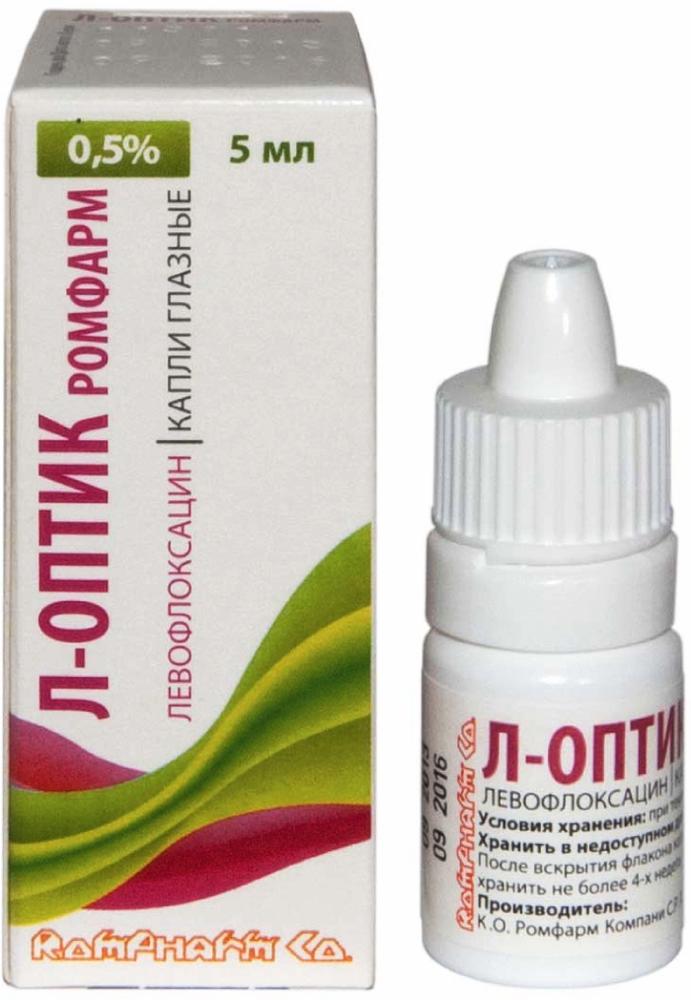
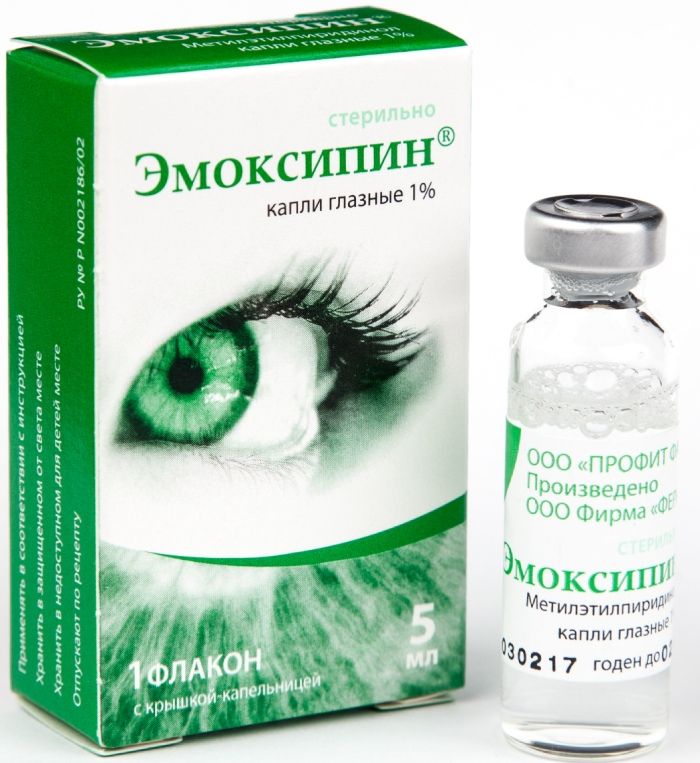


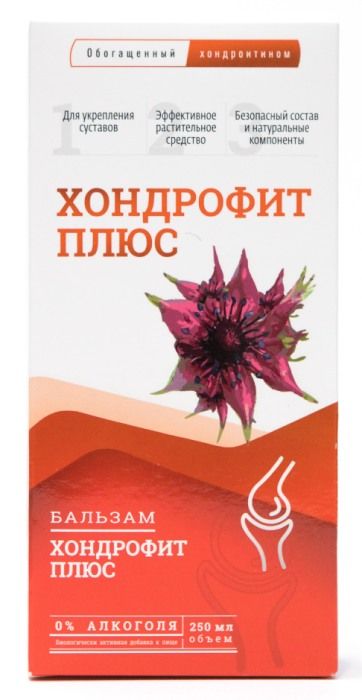
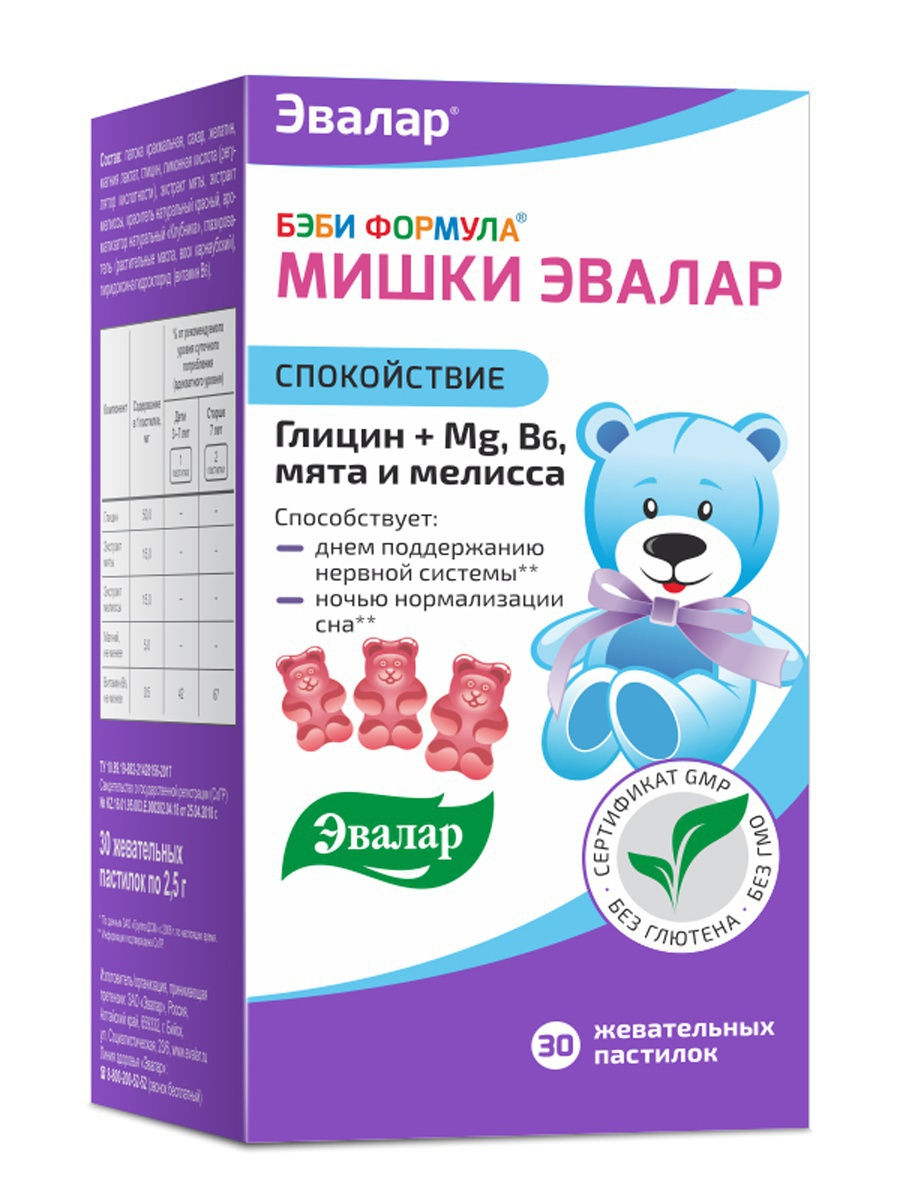
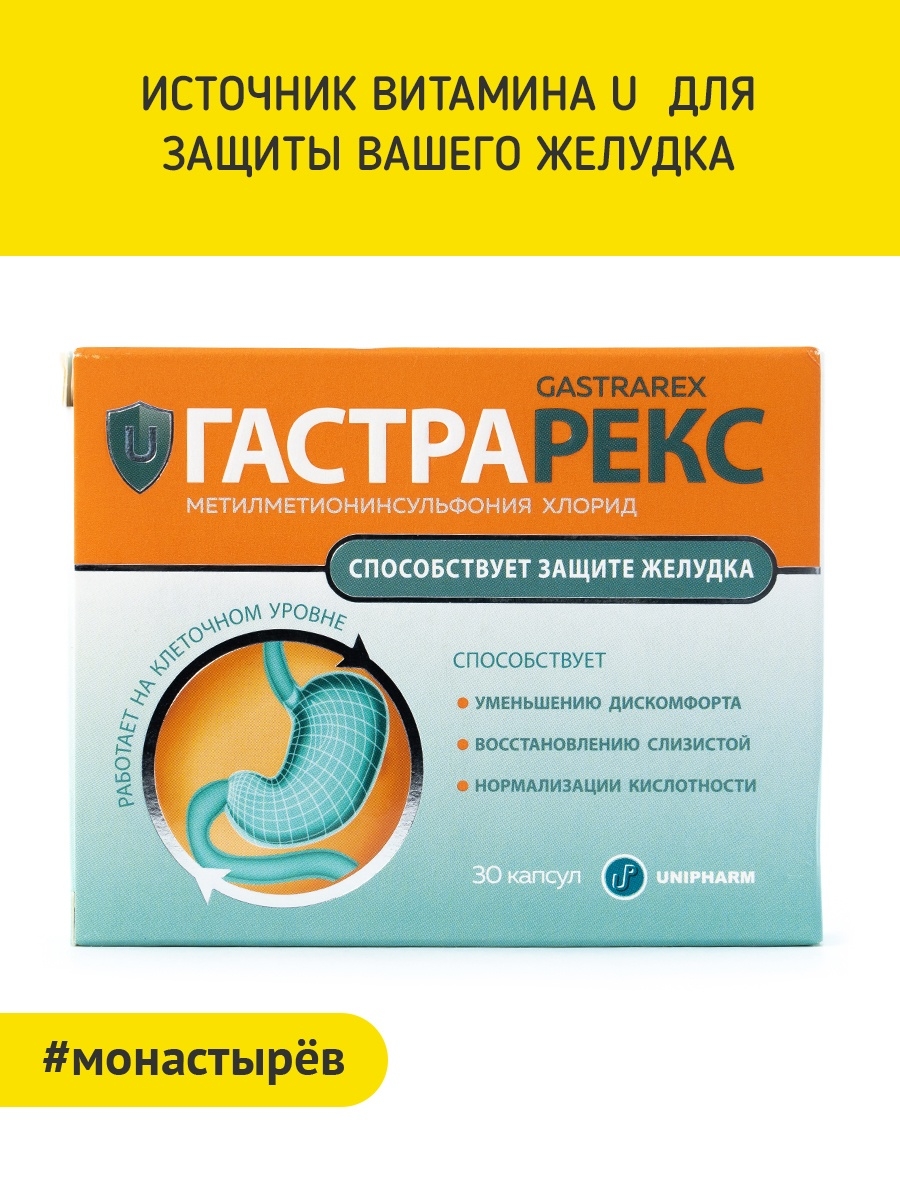
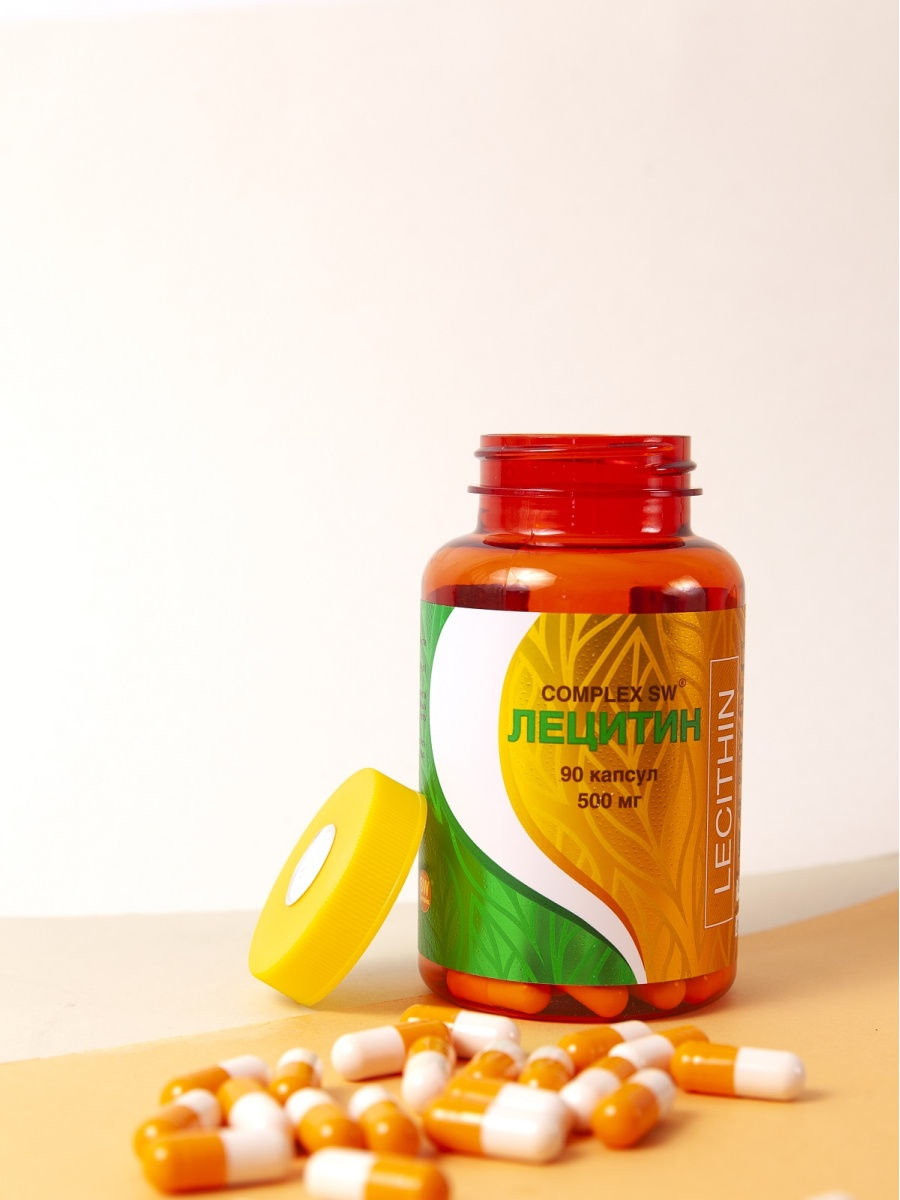
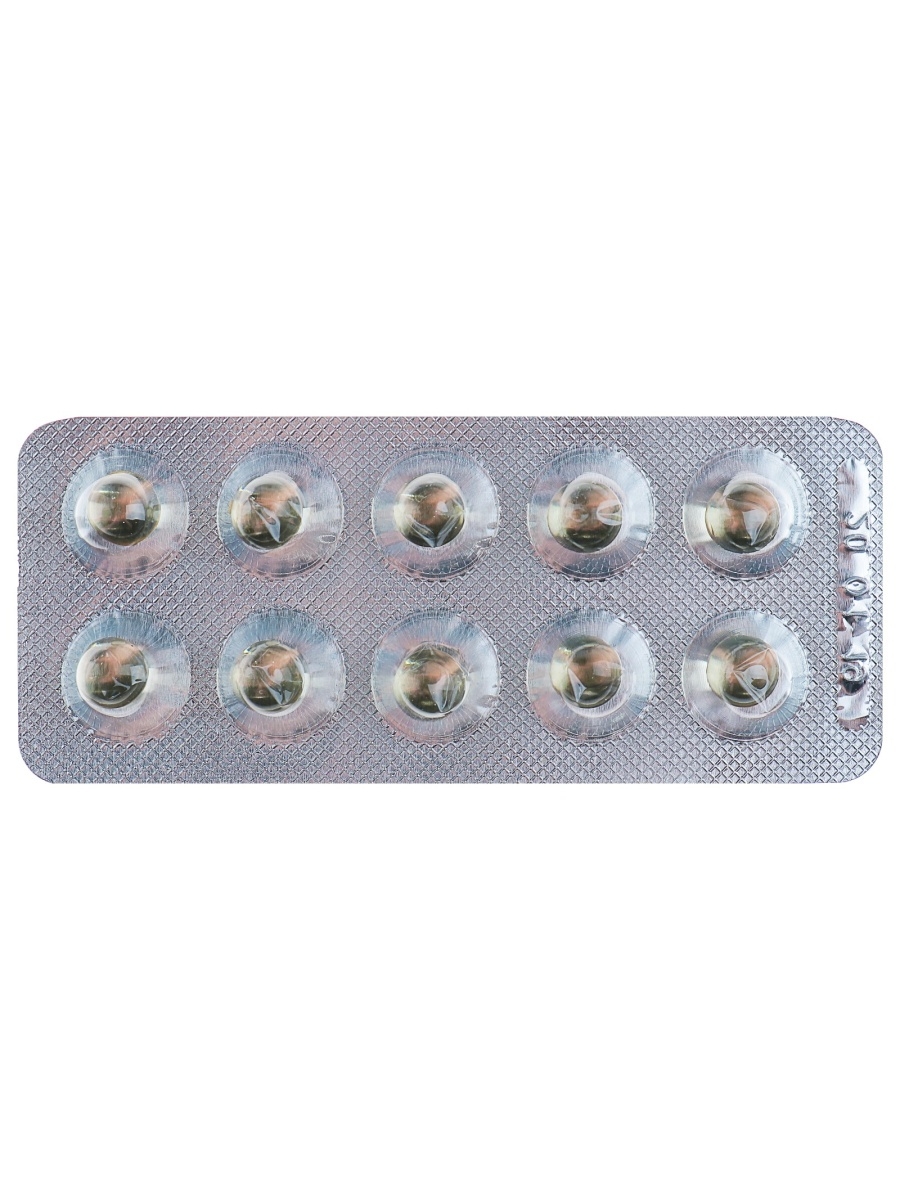



There are no reviews yet.